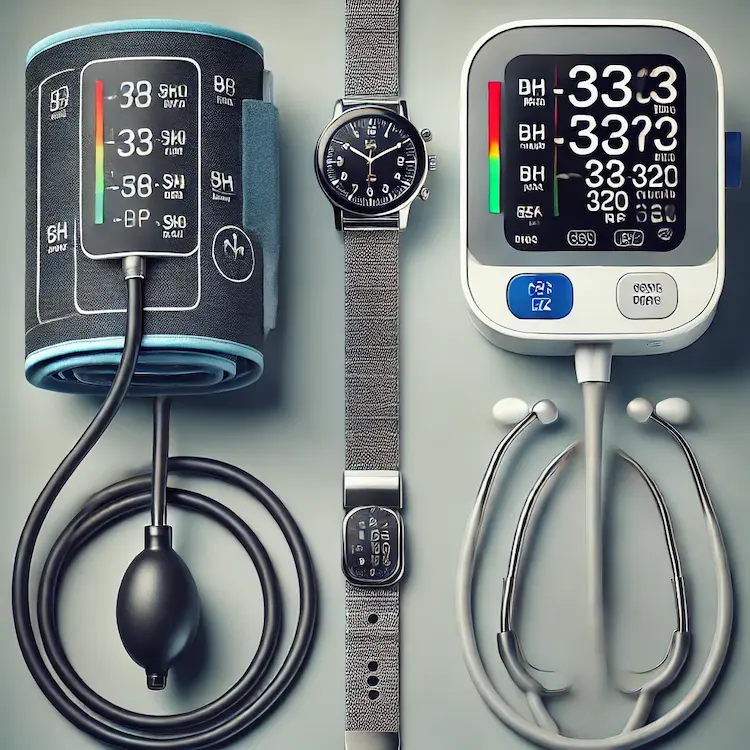Blood pressure monitoring is often associated with cardiovascular health, but its role in sleep quality remains underexplored. Hypertension and sleep disturbances share a bidirectional relationship, where poor sleep can contribute to high blood pressure, and high blood pressure can, in turn, disrupt sleep. Understanding this connection can help individuals take proactive steps to monitor and manage their blood pressure for better rest and overall well-being.
This article explores why blood pressure monitoring is essential for restful sleep, how different monitoring methods compare, and practical strategies for maintaining healthy blood pressure levels at night.
During sleep, blood pressure typically follows a nocturnal dipping pattern, decreasing by 10–20% compared to daytime levels. This decline allows the heart to rest and recover. However, sleep disorders like insomnia, obstructive sleep apnea (OSA), and poor sleep hygiene can interfere with this process, leading to:

Uncontrolled hypertension can worsen sleep quality due to conditions such as:

Blood pressure and sleep are deeply interconnected. Poor sleep can lead to hypertension, while high blood pressure can disrupt sleep patterns, creating a vicious cycle. By monitoring BP, individuals can detect nocturnal hypertension, manage stressors, and adopt lifestyle changes to enhance their sleep quality. Whether using traditional BP cuffs, ambulatory monitoring, or smart wearables, choosing the right method ensures better long-term health outcomes.